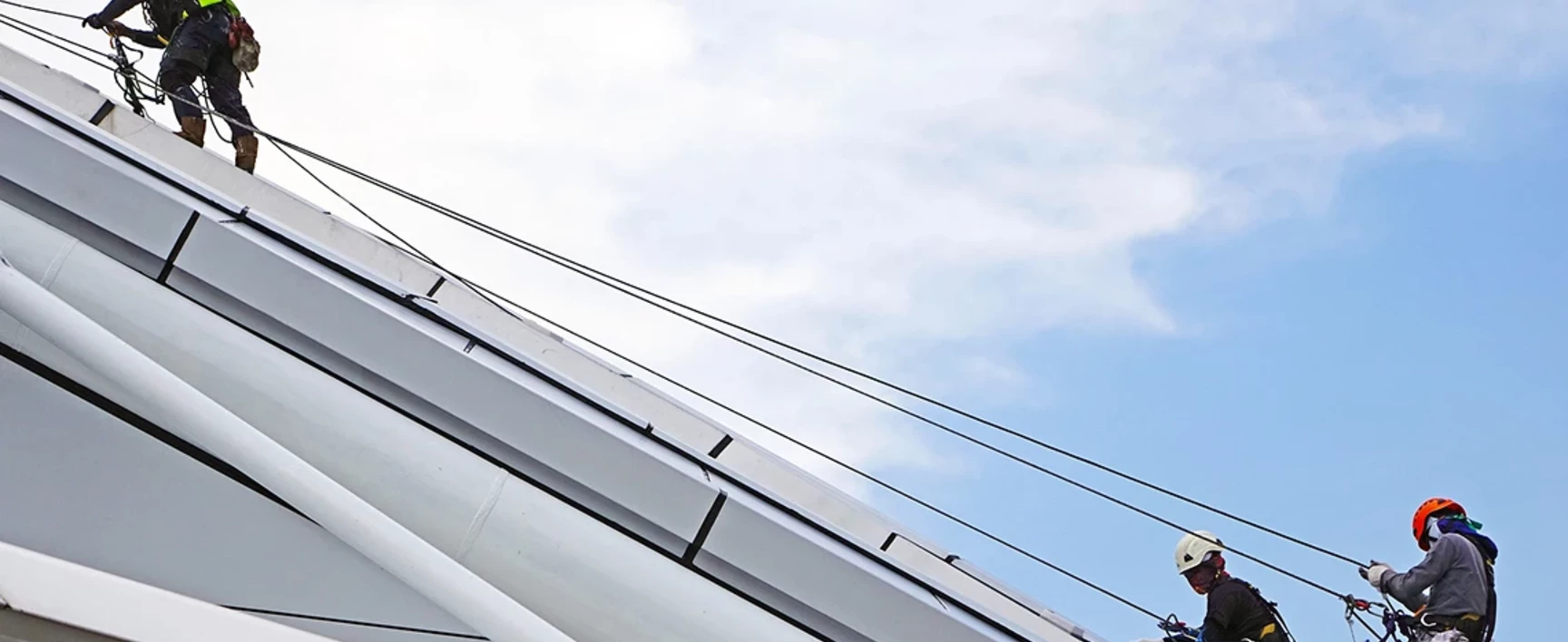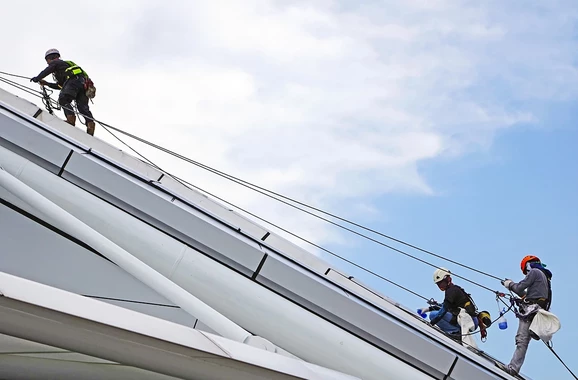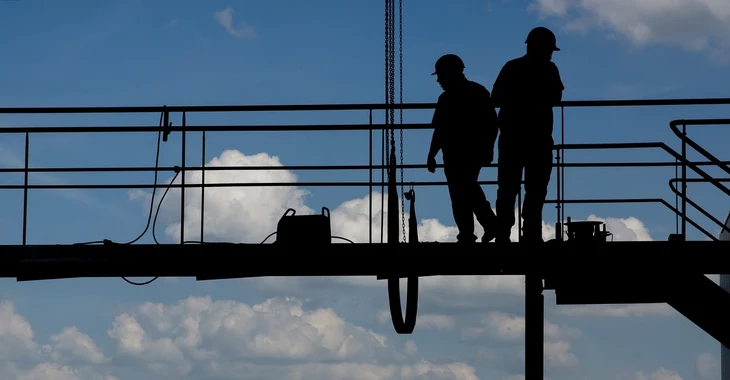Working at Heights - FAQS
Working at heights refers to work in any place where, if there were no precautions in place, a person could fall from a distance liable to cause personal injury. As one of the largest causes of workplace-related injuries, (also the top cause of workplace fatalities) the most common cases associated with working at heights include falls from roofs, ladders and through fragile surfaces.
Employers must avoid making their staff work at height wherever possible. If that cannot be achieved then they should ensure that the work is properly planned, supervised and carried out by competent people with the right training, skills, knowledge and experience. They must also ensure that the right type of equipment for working at height is in place.
Those involved in undertaking working at height must be competent (or supervised by a competent person if undergoing training), and trained to carry out inspection and maintenance of work and safety equipment before use or as appropriate. Employers should only allow working at height to take place when weather conditions make it safe to do so, and should create a plan for dealing with emergencies and for rescues.
Employers should ensure that they first assess the risks and hazards associated with working at heights. Factors that need to be weighed up are the height of the task, the duration and frequency and the condition of the surface that is being worked on.
Employees should avoid working at height where it is reasonably practicable to do so. However, where work at height cannot be easily avoided, falls should be prevented using either an existing place of work that is already safe or the right type of equipment. Employees must also minimise the distance and consequences of a fall by using the right type of equipment where the risk cannot be eliminated.
Working from ladders, scaffolds and platforms are all hazards associated with working at height. More examples of working at height hazards can include work on roofs, on top of vehicles or trailers, over tanks, pits or water, on elevated structures or on cliffs and steep ground.
If a worker were to fall from a height, they could sustain a serious injury, permanent disability or die. Injury and damage from people or items falling can occur as a result of unguarded openings, poor edge protection, work in areas without guardrails or covers, items being poorly stored or secured. Hazards may also occur due to changes in weather or environment, inside and out. Therefore, when work at height cannot be avoided, you will need to carry out a risk assessment to identify the level of risk posed.
The Working at Height Regulations 2005 act apply to all individuals working at height, where there is a risk of a fall, which is liable to cause personal injury. The act places duties on employers and those who have control of any work at height activity (such as facilities managers or building owners who may contract others to work at height).
To comply with the regulations, you must ensure:
- Those who are involved in work at height are competent
- The equipment used for work at height is properly inspected and maintained
- All work at height is properly planned and organised
- The risks of working at heights are assessed and appropriate work equipment is selected and used.
- The risks of working on or near fragile surfaces are properly managed.
Whenever possible, use a guardrail or edge protection. This is the easiest and most recommended method of fall protection to keep workers safe while working at height. No training or extra equipment is needed for this.
Furthermore, inspect PPE prior to every use when using personal fall protection equipment whilst working at height. Harnesses and lanyards need to be inspected annually, if not more frequently, by a competent person. Competent workers must be aware of what they’re looking for from a safety perspective, what is deemed as acceptable and the steps required should there be an issue. It doesn’t have to take a lot of time but it does need to be thorough, as this step could be the difference between life and death.
SOCOTEC has a selection of online Working at Height safety training, enabling employees to learn more about working at height and what they need to be aware of to remain safe and compliant. We also provide a range of Working at Height equipment available to purchase via our online shop.



